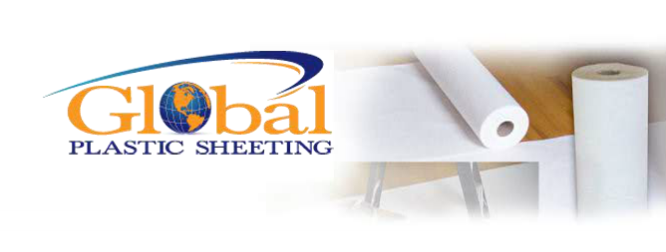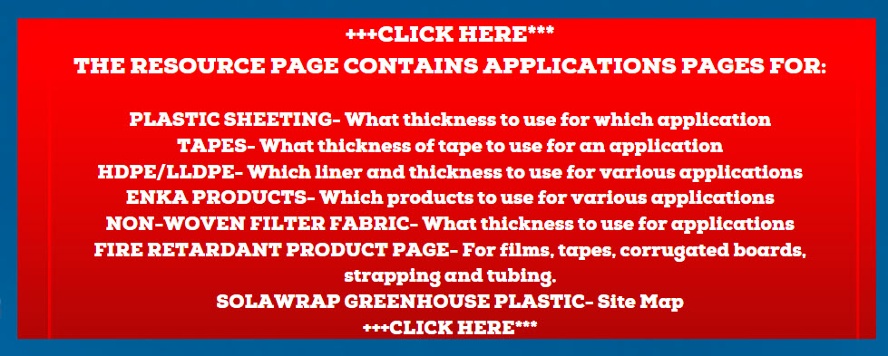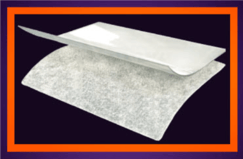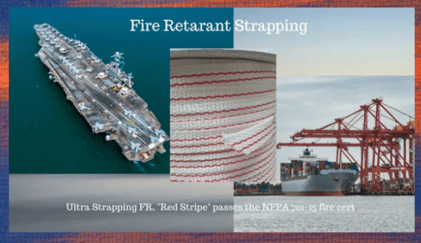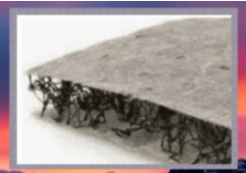Planning Your Greenhouse Before you Begin!
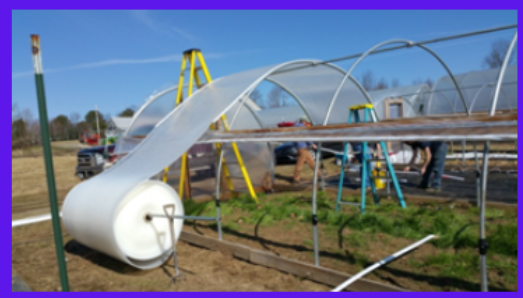
Building a greenhouse is a captivating venture that promises year-round gardening and the creation of a lush sanctuary for your plants. However, before you embark on this exciting journey, it's crucial to equip yourself with the knowledge and insight needed for a successful and fruitful greenhouse project. To ensure you're fully prepared, we've compiled a comprehensive guide on the essential lessons you should consider before building your greenhouse.
1. Location Matters: Understanding the Lay of the Land
The first lesson in your greenhouse journey is to choose the right location. This decision can significantly impact the success of your greenhouse. Here are some key considerations:
-
Sun Exposure: Assess the sun's path throughout the day. Opt for a location that receives ample sunlight, ideally at least 6 hours a day.
-
Wind Patterns: Analyze wind patterns in your area to avoid potential damage to your greenhouse. Placing it in a sheltered spot can provide protection.
-
Proximity to Structures: Ensure your greenhouse isn't too close to existing structures like trees, buildings, or fences that may cast shadows or obstruct airflow.
2. Climate Considerations: Adapting to Your Region
Understanding your local climate is paramount when designing your greenhouse. Research your region's climate extremes, including temperature variations, humidity levels, and seasonal changes. Tailor your greenhouse's design to accommodate these conditions, whether it's extreme cold, intense heat, or high humidity.
3. Optimal Orientation: Catching the Sun's Rays
Choosing the right facing direction is crucial for optimizing sunlight utilization. Generally, a south-facing orientation is ideal in the Northern Hemisphere, while a north-facing orientation works well in the Southern Hemisphere. This ensures your greenhouse receives maximum sunlight exposure throughout the day.
4. Temperature Management: Striking the Balance
Temperature regulation is the heartbeat of a successful greenhouse. Learn to balance warmth without overheating. Consider features like automatic vents, shade cloth, and proper insulation to control temperature fluctuations.
5. Ventilation Mastery: The Dance of Air and Humidity
Ventilation is critical for maintaining optimal conditions inside your greenhouse. Proper air circulation and humidity control are essential for plant health. Install vents, louvers, and fans to keep the air fresh and prevent overheating.
6. Pest Prevention: A Plan for Healthy Growth
Your greenhouse can provide a haven for plants, but it can also attract pests. Develop an integrated pest management (IPM) strategy to keep your environment healthy and pest-free. This may include beneficial insects, organic pest control methods, and regular inspections.
7. Light Dynamics: Nurturing Your Plants
Understanding light intensity and distribution is vital for plant growth. Different crops have varied light requirements. Plan your greenhouse layout to optimize natural sunlight and consider supplemental artificial lighting if needed.
8. Crop Diversity: Choosing the Right Plants
Research which crops thrive in a greenhouse environment. Some popular options include tomatoes, peppers, cucumbers, and various herbs. Understanding your chosen plants' needs is key to a successful harvest.
9. Structural Resilience: Facing the Elements
Ensure your greenhouse design can withstand weather challenges. Consider factors like snow load, wind resistance, and durability of materials. A robust structure will provide long-term success.
10. Resource Planning: Anticipating Needs
Estimate your water, energy, and maintenance requirements. This includes irrigation systems, heating or cooling methods, and regular upkeep. Proper planning ensures your greenhouse continues to thrive.
11. Financial Scope: Budgeting for Success
Understand the costs involved in construction, materials, and ongoing care. Budgeting wisely prevents surprises and ensures your greenhouse project remains financially sustainable.
12. Permit Requirements: Navigating Legalities
Check local regulations and permit requirements for greenhouse construction in your area. Compliance is essential to avoid legal complications.
13. Time Investment: Preparing for Commitment
Be prepared for the time and effort involved in both building and maintaining a greenhouse. It's a rewarding endeavor, but it requires dedication and consistency.
14. Personal Commitment: Your Greenhouse Journey
Lastly, assess your dedication to ongoing care and cultivation.
A greenhouse is more than a structure; it's a living, evolving ecosystem that reflects your love for plants and nature.
Building a greenhouse is a fulfilling journey that offers countless rewards. By internalizing these essential lessons, you'll empower yourself for a successful and fruitful greenhouse adventure. Whether you're a seasoned gardener or a novice, your greenhouse will become a thriving testament to your dedication and love for nurturing life.
Want to learn more about "What I Wish I Knew Before I Decided To Build A Greenhouse"?
- Five "I Wish I Had Thought of That" Moments After Building a Greenhouse:
- Six Nice-to-Have Features Inside a Greenhouse:
Here's to you success!


